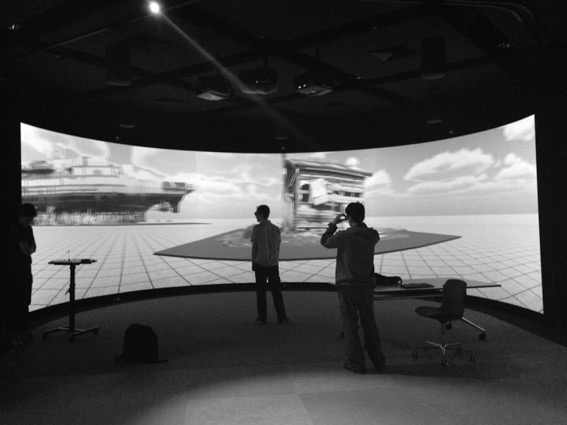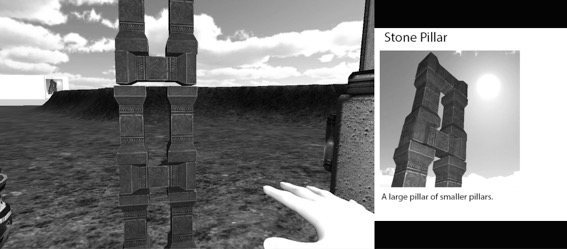Elsevier have kindly let me and others download the below article from the Journal Entertainment Computing, (Volume 14, May 2016, Pages 67–74) up until 21 April 2016. From 22 April it will be behind the Elsevier paywall again.
http://authors.elsevier.com/a/1Se406gYiZRYG4
No sign up or registration is needed – just click and read!
Title: Entertaining The Similarities & Distinctions Between Serious Games & Virtual Heritage Projects
Abstract:
This article summarizes past definitions of entertainment, serious games and virtual heritage in order to discuss whether virtual heritage has particular problems not directly addressed by conventional serious games. For virtual heritage, typical game-style entertainment poses particular ethical problems, especially around the simulation of historic violence and the possible trivialization of culturally sensitive and significant material. While virtual heritage can be considered to share some features of serious games, there are significantly different emphases on objectives. Despite these distinctions, virtual heritage projects could still meet serious games-style objectives while entertaining participants.



